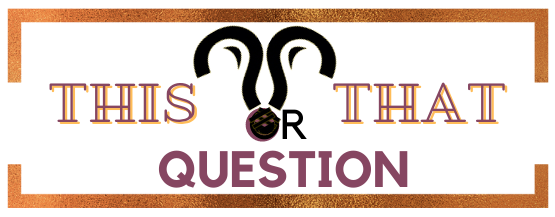“Been” and “being” are two forms of the verb “to be.” They’re both used to talk about the existence of something or someone. However, they’re used in different contexts.
“Been” is the past participle of the verb “to be.” It’s used to describe something or someone that has already happened or existed in the past. For example, “I have been to London before.” Here, “been” is used to describe something that has already happened in the past.
“Being” is the present participle of the verb “to be.” It’s used to describe something or someone that currently exists or is happening. For example, “I am being careful.” Here, “being” is used to describe something that is currently happening.
To sum up, the main difference between “been” and “being” is that “been” is used to describe something that has already happened or existed in the past, while “being” is used to describe something that currently exists or is happening.“Been” and “being” are two forms of the verb “to be.” They’re both used to talk about the existence of something or someone. However, they’re used in different contexts.
“Been” is the past participle of the verb “to be.” It’s used to describe something or someone that has already happened or existed in the past. For example, “I have been to London before.” Here, “been” is used to describe something that has already happened in the past.
“Being” is the present participle of the verb “to be.” It’s used to describe something or someone that currently exists or is happening. For example, “I am being careful.” Here, “being” is used to describe something that is currently happening.
To sum up, the main difference between “been” and “being” is that “been” is used to describe something that has already happened or existed in the past, while “being” is used to describe something that currently exists or is happening.“Been” and “being” are two forms of the verb “to be.” They’re both used to talk about the existence of something or someone. However, they’re used in different contexts.
“Been” is the past participle of the verb “to be.” It’s used to describe something or someone that has already happened or existed in the past. For example, “I have been to London before.” Here, “been” is used to describe something that has already happened in the past.
“Being” is the present participle of the verb “to be.” It’s used to describe something or someone that currently exists or is happening. For example, “I am being careful.” Here, “being” is used to describe something that is currently happening.
To sum up, the main difference between “been” and “being” is that “been” is used to describe something that has already happened or existed in the past, while “being” is used to describe something that currently exists or is happening.“Been” and “being” are two forms of the verb “to be.” They’re both used to talk about the existence of something or someone. However, they’re used in different contexts.
“Been” is the past participle of the verb “to be.” It’s used to describe something or someone that has already happened or existed in the past. For example, “I have been to London before.” Here, “been” is used to describe something that has already happened in the past.
“Being” is the present participle of the verb “to be.” It’s used to describe something or someone that currently exists or is happening. For example, “I am being careful.” Here, “being” is used to describe something that is currently happening.
To sum up, the main difference between “been” and “being” is that “been” is used to describe something that has already happened or existed in the past, while “being” is used to describe something that currently exists or is happening.


